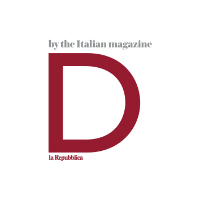By Giovanni N. Ciullo
Interview with Giuliano Pisapia The Mayor Of Milan
Skyscrapers, parks, bike sharing, new hotels, restaurants... EXPO, the food-themed world fair being held in Milan, closes on October 31. It will leave behind a vastly changed city -- starting from the roofs, rediscovered spaces under the sky.
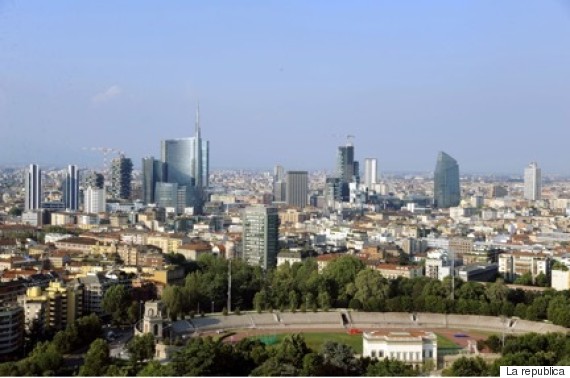
Milan: The new skyline.
“There are cities which are obviously beautiful, which everyone can appreciate. And other secret ones, which love to be discovered,” wrote Carlo Castellaneta about his 20th century Milan. In addition to being the capital of fashion and design, the capital of Lombardy is also a place of spirit, with a charm that's difficult to explain. Then began the third millennium, with Milan being awarded EXPO after a bidding process between some of the biggest cities in the world. Skyscrapers, new public and private art foundation museums, innumerable urban renewal projects and Michelin-starred restaurants and hotels (which will still be around after EXPO has long gone) sprang up. Lonely Planet gave Milan its blessing, putting it on the podium of places not to be missed this year; and the New York Times chose it as its top destination of 2015: “A revitalized city ready to receive the world, full of ideas to dress up an already fashionable city that may just have it all.”
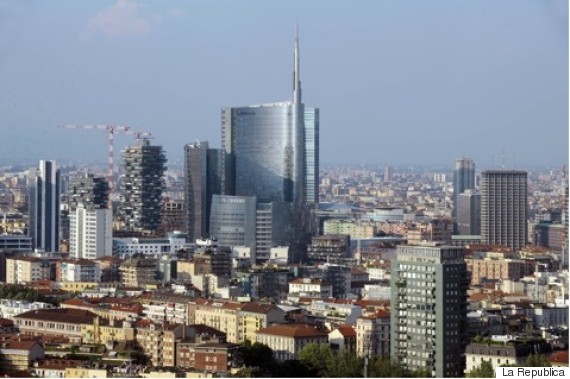
Skyscraper
It is “Milan-Manhattan": There are the neglected urban spaces transformed into shared areas, like the Culture Garden in Via Morosini, to cite just one; there is the success of the sharing ethos, from bikes to cars; there are the parks and renovated buildings. Recently, rooftop bars and restaurants opened up on the city's many terraces. In preparation for one unprecedented opening, the rooftop walk on the Galleria Vittorio Emanuele, with its incredible view of Milan’s cathedral, the Duomo, writer Stefano Bartezzaghi wrote, “We are on the highest spire.” “M: a Metronovela," Bartezzaghi's latest book, just published by Einaudi, tells the story of the city through its subway system, with its focal point, the Madonnina, the statue-symbol which dominates the city from the top of the gothic cathedral. “Underneath there are the aerials, the terraces, the bicycles, the pipes, the cables…” This is the new Milan, ready to take on the world.
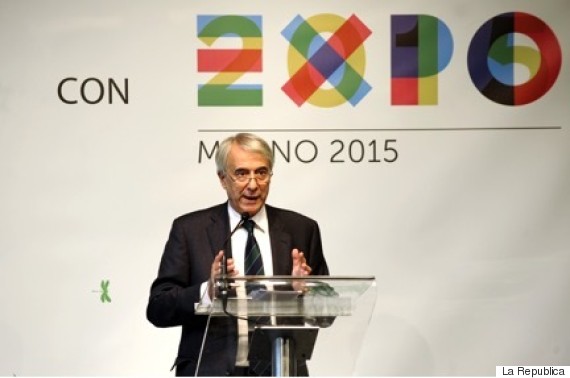
Milan travel expo
“A beautiful city which I am in love with.” Giuliano Pisapia, Milan’s first citizen, has no doubts: Milan today is a city “open, welcoming, attractive and ambitious.”
If we asked you to take a snapshot of Milan today, what city would it show?
“I would begin with the skyline around Piazza Gae Aulenti. Brand new skyscrapers in harmony with typical early twentieth century houses. Modern and old have fused together in the whole of the Isola area. That is a perfect snapshot of everything the city represents today: an inclusive, innovative, intercultural and interreligious metropolis. Which didn’t allow itself to be dragged down into the chasm of the economic crisis which has been gripping the country over the last few years because it had the power to anticipate the future.”

The new Piazza Gae Aulenti in Porta Nuova.
Tourism, art culture (as well as fashion and design): Is the Milan “brand” more trustworthy today?
“Yes, because it is not only based on image but also on concreteness. All the international tables show Milan excelling. Without doubt, Milan will also be showcased by Expo 2015.
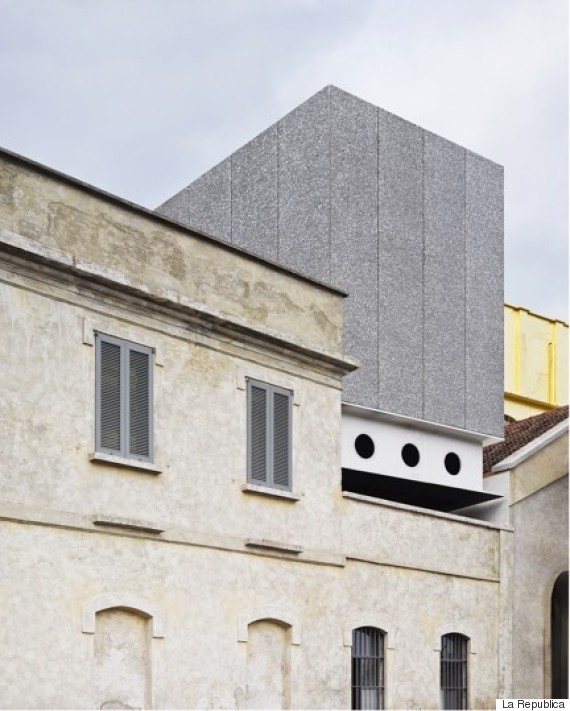
Prada Foundation. Conceived by architecture firm OMA, led by Rem Koolhaas, 19,000 square meters of floor space, the new venue opened on May 9.
Since your arrival at the head of the Municipality what has changed most?
“A distinctive change has been in urban mobility. We have been brave. Area C, the historical centre of the city which can only be accessed by paying a congestion charge, has been responsible for a 34 percent drop in city centre traffic, and a seven percent drop in the rest of Milan, with an associated positive impact on pollution. Lifestyles have changed: bike sharing has made 3,600 normal bicycles and 1,000 e-bikes available, car sharing has increased enormously with more than 220,000 users. After decades we are out of the top ten most congested cities in Europe, and taking a walk is now much more pleasurable. Another sign of change has been the reclaiming of urban spaces which were once like open wounds. We demolished the hotel in Monluè which was started but never finished for the 1990 World Cup: instead of a cement skeleton there is now a 265,000m2 park in its place. Then there is the Darsena, the historical port of Milan, returned to its former splendor. Or an old demolished school, regenerated with urgency to create a medical and social centre.”

Cascina Martesana: Reopening with its kiosk, barbecue, exhibitions and a new addition “the secret garden,” on the Martesana Canal.
Is there a project that you are proud of and one, on the other hand, that would benefit from future investment?
“A beautiful, historical and little-known place: the “Rotonda della Besana.” A place which I’ve been fond of since my childhood: looking out of my window I could see it, always shrouded in mystery. We opened MuBa, the Children’s Museum, where adults are only allowed to enter if they are accompanied by a child. Another project which I am immensely proud of is the one which has seen the free tickets which the Scala Theatre gave to the Municipality every year for the 'authorities' being sold and raising 720,000 Euro for charitable causes. Thinking about the future on the other hand, there will be a growing need for resources for public housing. We have turned a page, using a subsidiary company to directly manage those properties which are owned by the Municipality. Squatting has gone down and now we must concentrate on controlling how resources are utilised in order to give dignified homes to our citizens.
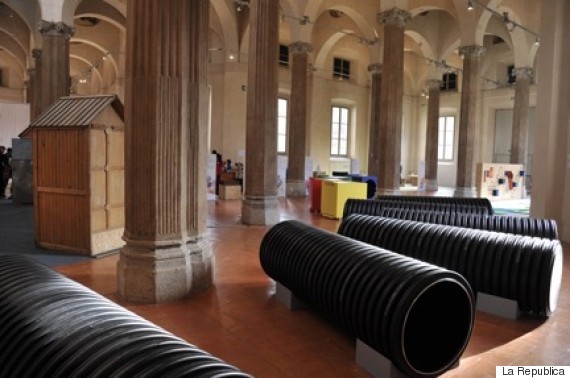
Mu.Ba. In other words the “Children’s Museum:” games, workshops, exhibitions, events. Inside the Rotonda della Besana.
If you had to send three postcards of this new Milan 2.0?
“The new “Terrazza della Triennale,” which combines culture and foodservice in a winning union: it has a breathtaking view of the Sforzesco Castle and Piazza Gae Aulenti, and on a clear day you can also see Monte Rosa. Then the Mudec, the new Museum of Culture, created on the old Ansaldo site. And the renovated barns: Cuccagna, where you can find the flavours of the country in the centre of the city, or Triulza which will become the permanent offices for associationism, for the non-profit and voluntary sector, for international cooperation. During and after Expo Milan will continue with its commitment to the basic human right to have food and water, and to fighting world famine and food wastage. The last Milanese postcard in my opinion is not 2.0 but 3.0: We are 'ultramodern' because we have kept the best of our traditions.
A List Milan's Best New Places
Terrazza Triennale
The new restaurant on the terrace of the Triennale, designed by the architects from OBR and in the hands of chef Stefano Cerveni. A view of the entire skyline guaranteed.
Peep Hole
A gallery for exhibitions, readings and events. Directed by Vincenzo de Bellis.
Mandarin Oriental
In Via Monte di Pietà, the new Mandarin “superhotel” will have an internal garden, 104 rooms and a luxury Spa.
Me Milan Il Duca
A hotel in the Repubblica area, the hotel will have a steak house (STK) and a rooftop Radiobar, open to non-residents.
Hotel Gallia
Recently renovated, bringing luxury back to Piazza Duca d’Aosta. Soon to have a restaurant and rooftop bar.
A Place In Milan
Recently opened La Foresteria hostel: the latest addition to Cascina Cuccagna after its restaurant and craft market.
Folli 50.0
The Bracco Foundation’s new space, in its historic Lambrate headquarters, is a 7,000m2, a cultural and social workspace open to the public.
Caimi
The urban redevelopment of the Caimi swimming pool: “Regenerate a place to regenerate the people.”
Terrazza 12
A roof meeting point, in the San Babila area, the lounge on the 10th floor of the Brian and Barry building; '50s atmosphere and cocktails by Ekaterina Logvinova and Maurizio Marsè.
